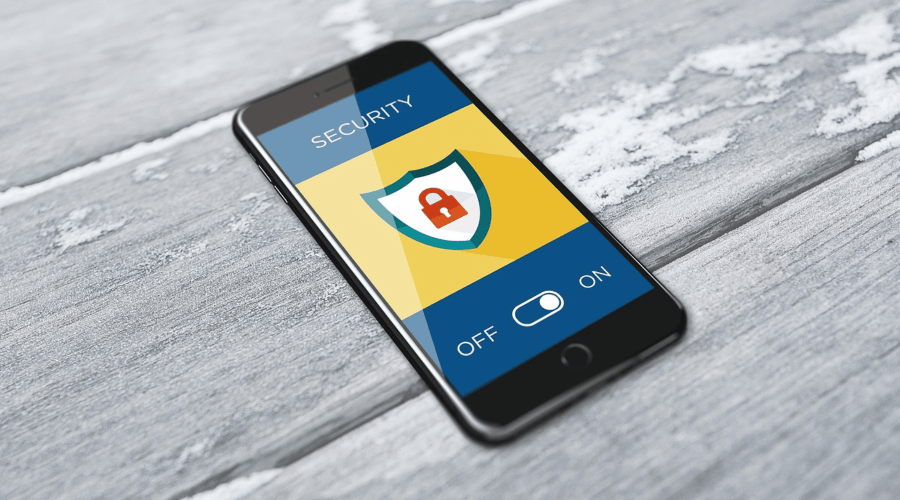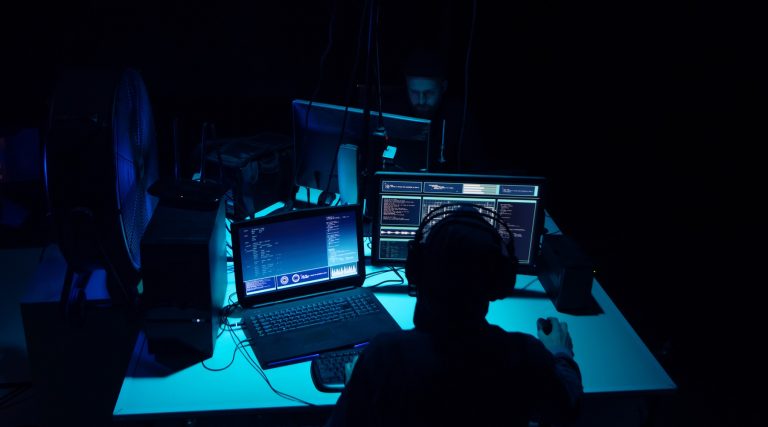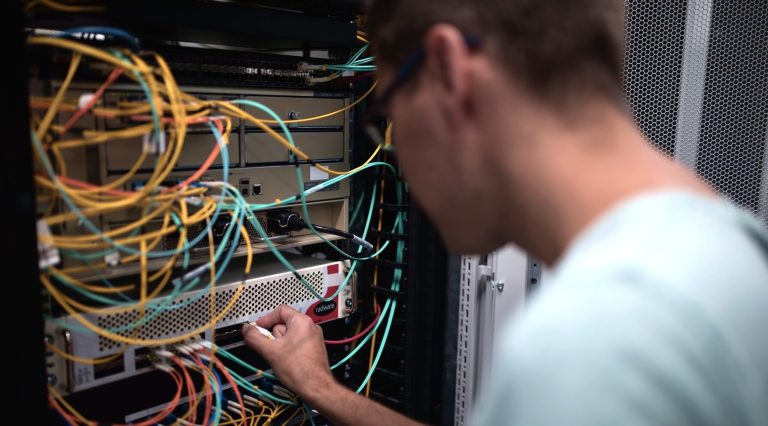How Not To Be An Easy Target For Attackers: Debunking Five Cybersecurity Myths
The world is fighting back against cyber threats. This is demonstrated by the increasing investment of companies in securing their systems and stricter laws against attackers. However, many myths about cybersecurity put people at unnecessary risk.

The average user believes cybersecurity threats do not affect them, and they put too much trust in the security of their devices. It could also be difficult for them to understand the rapidly changing internet environment, where only the most competent are fully versed. So, what are some common myths in this area?
1. Belief In A Sufficiently Strong Password
We cannot start our list with anything other than the myth of a secure password, but what does such a password look like? The most important factor is its length. Remember this when setting your password, and choose one with at least fifteen characters. You can also boost its strength by applying upper and lower-case letters, symbols, and numbers. However, avoid using a series of consecutive characters and do not use your personal details, such as your name or date of birth.
We must also remind you of the basic instruction that warns against using the term password and the number 123456. However, if you are lost when creating a password, you can use so-called random password generators, which can guarantee the randomness of the selected characters.
In addition, you can easily increase the security of your accounts and devices by setting up two-factor authentication. This requires an additional step to verify your identity in the form of an SMS code, OTP code, or biometric data, such as a fingerprint.
Prevent Data Loss
You can prevent attacks with effective prevention. At MasterDC, we can advise and suggest the best way to protect your business.
2. Antivirus Provides 100% Protection
Antivirus software is certainly an essential part of endpoint protection. It works by scanning incoming files downloaded from the internet, attached to emails, or from a USB flash drive. If the antivirus finds suspicious activity while scanning the files, it will alert or block the malware.
However, antiviruses are not able to protect your system against all cybersecurity threats, for example, zero-day attacks, new types of malware not in the antivirus database, and phishing. As with the previous point, it is important to think about multi-layered protection – do software updates and regularly back up important data. Of course, do not download email attachments from untrusted contacts and do not click on suspicious links.
3. Cyber Attacks Can Be Detected Immediately
Home burglars usually leave their mark in the form of a broken door, a mess, or a broken window, but it is different with cyber attackers. It is in their interest to conduct their activities as inconspicuously and covertly as possible, giving them enough time to steal important data.
Detecting An Attacker On A Network Can Take Years
In 2018, the luxury hotel chain Marriott announced it had been the target of a cyberattack. Attackers compromised the hotel’s reservation system and obtained the personal information of more than five hundred million guests, including credit card information and passport numbers. Interestingly, the attack had been going on undetected since 2014 and took four years to be discovered. Given the duration of the attack, it was one of the largest data leaks in history.
However, you can use several warning signs to recognise an attack. Look out for changes in a server’s performance and speed, as well as longer web page load times. As part of your corporate data management, record who has access to each tool and how often they use it. This can help you identify suspicious activity and spot potential threats. In addition, be aware of any unusual data transfers on your network and the removal of existing files or the installation of new files on your device.
4. Cyber Protection Is The Responsibility Of The IT Department Only
Every company’s IT department plays a key role in protecting data and implementing security measures. However, it is a misconception that the responsibility for cybersecurity lies entirely on the shoulders of the IT department. It is a well-known fact that the majority of cyber-attacks occur due to human error, and according to an IBM study, this happens in as many as 95% of cases.
For attackers, it is easier to target a regular employee of a company than to try to breach the more complex security of company-wide systems. In addition, employees who work remotely from home are often targeted, exposing them to a higher level of vulnerability. In one of our previous articles, you can read more about achieving greater security when working in a home office. In any case, employers should regularly inform all their employees about threats and prevention and not let the IT department bear the entire burden of responsibility.
5. Small And Medium-Sized Enterprises Are Not Interesting For Attackers
Many small or medium-sized business owners believe their size makes them insufficient to attract attackers. However, the opposite is true in this case. Financial and human resources often do not allow these companies to invest in the necessary security, making them a more accessible target for attackers than large organisations. In addition, SMEs underestimate the need for regular data backup and are more susceptible to ransomware attacks, where attackers demand a ransom in exchange for re-accessing stolen data.
Of course, the attackers know about the poor security of these businesses. This is evidenced by data showing that 61% of all small and medium-sized businesses faced at least one cyber-attack in 2021. Therefore, these businesses should allocate resources to reduce the risk of cyberattacks through employee training, regular data backups, and two-factor authentication. They should also remember to update the operating systems of all devices and use antivirus and firewalls.
So, what is the conclusion of the above points? The fact that there is no such thing as too much protection against attacks and that following the less-is-more approach to cybersecurity can cause irreparable damage. Therefore, try not to put another weapon in the hands of attackers, inform yourself about the possible cybersecurity threats, and use the different variants of available preventive measures.



